
Making Space at the Table
NAP Contemporary’s group show, The Elephant Table, platforms six artists and voices—creating chaos, connection and conversation.
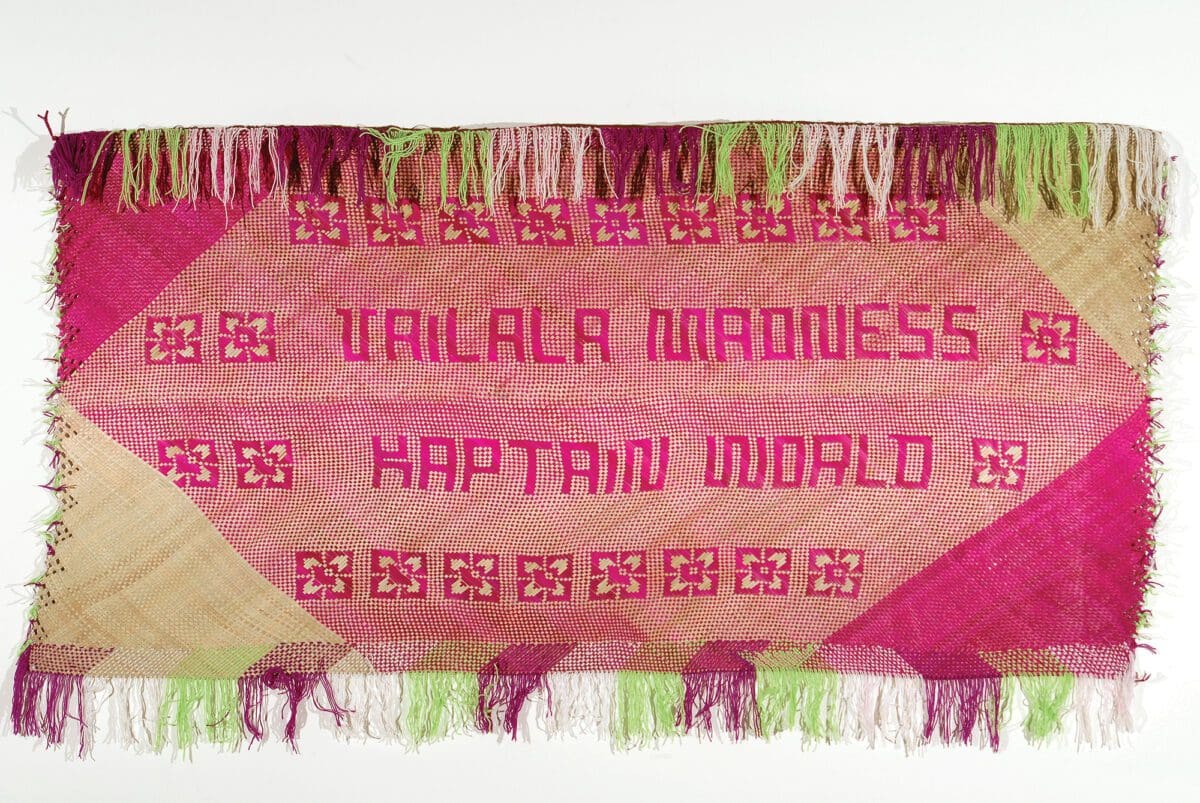
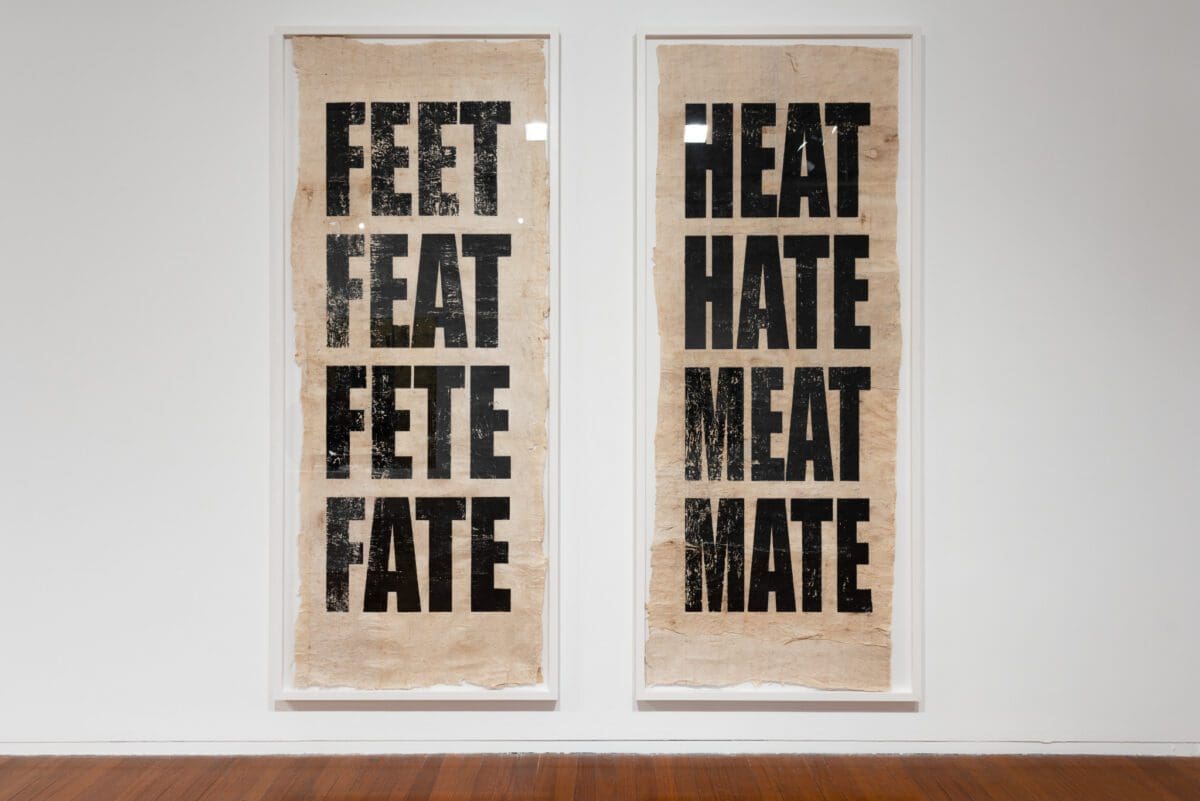
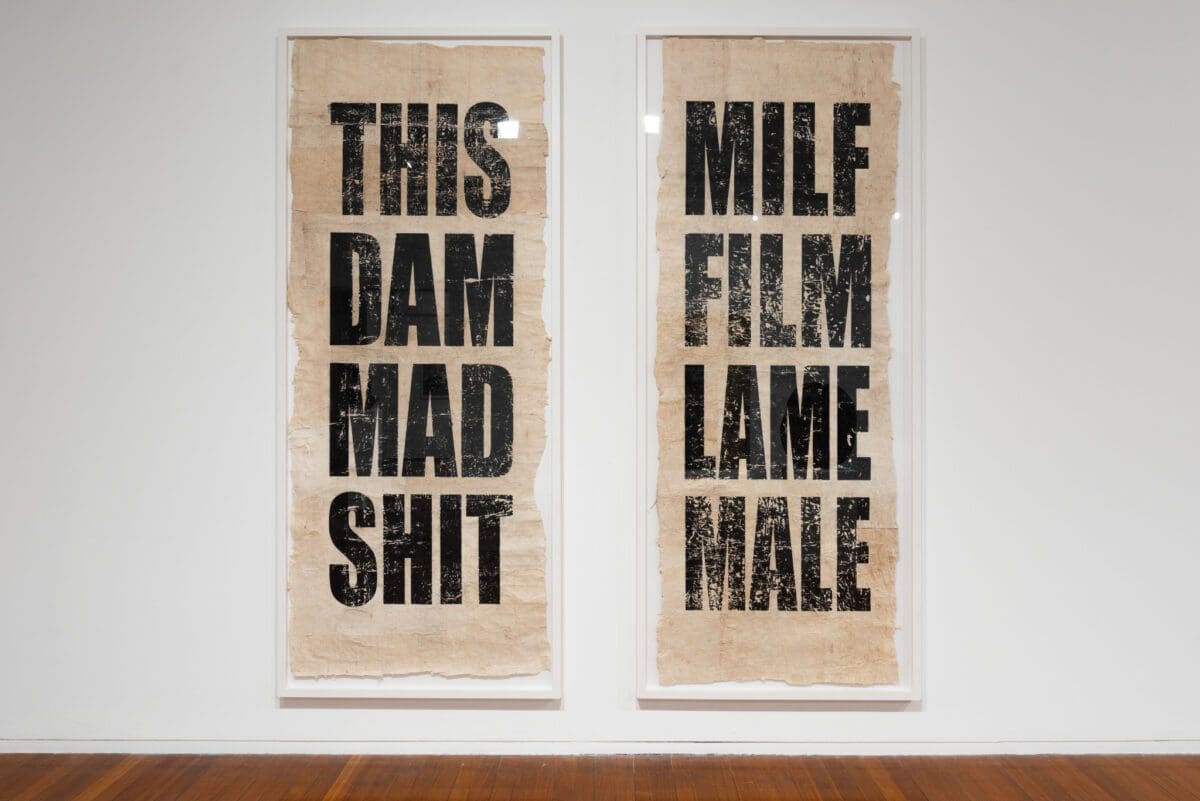

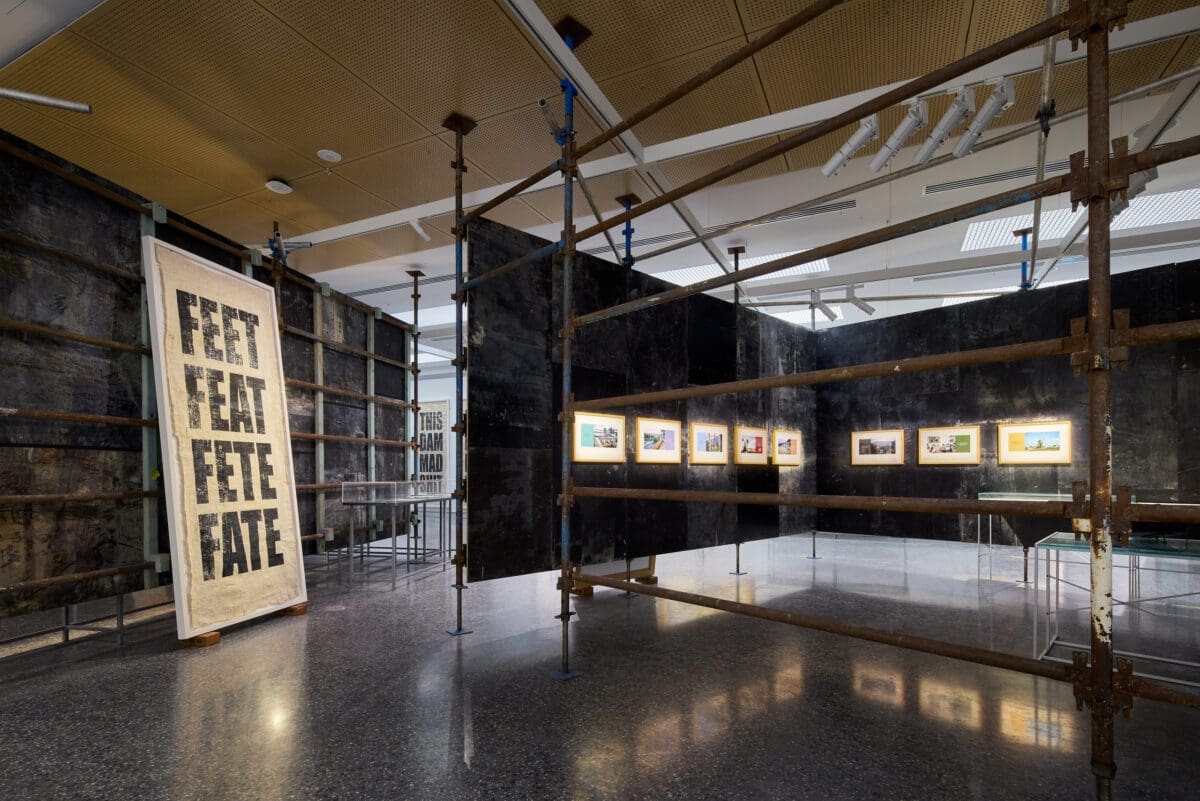
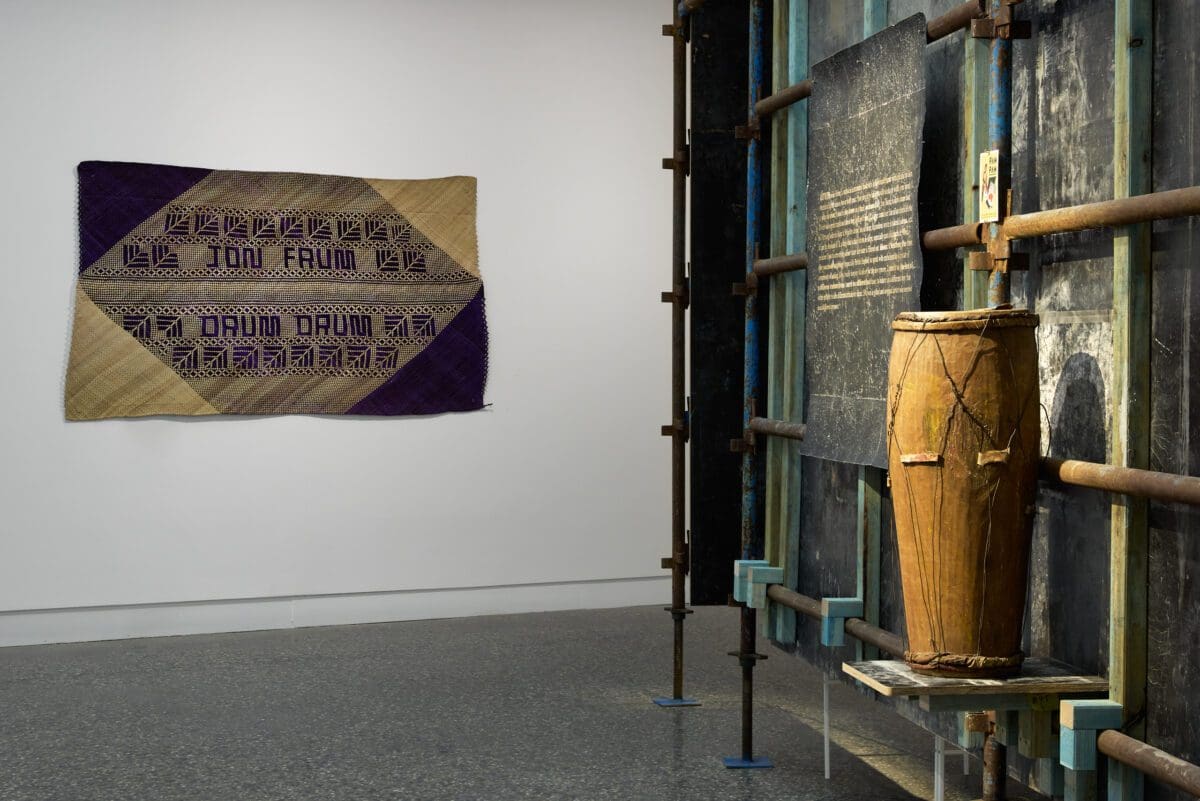
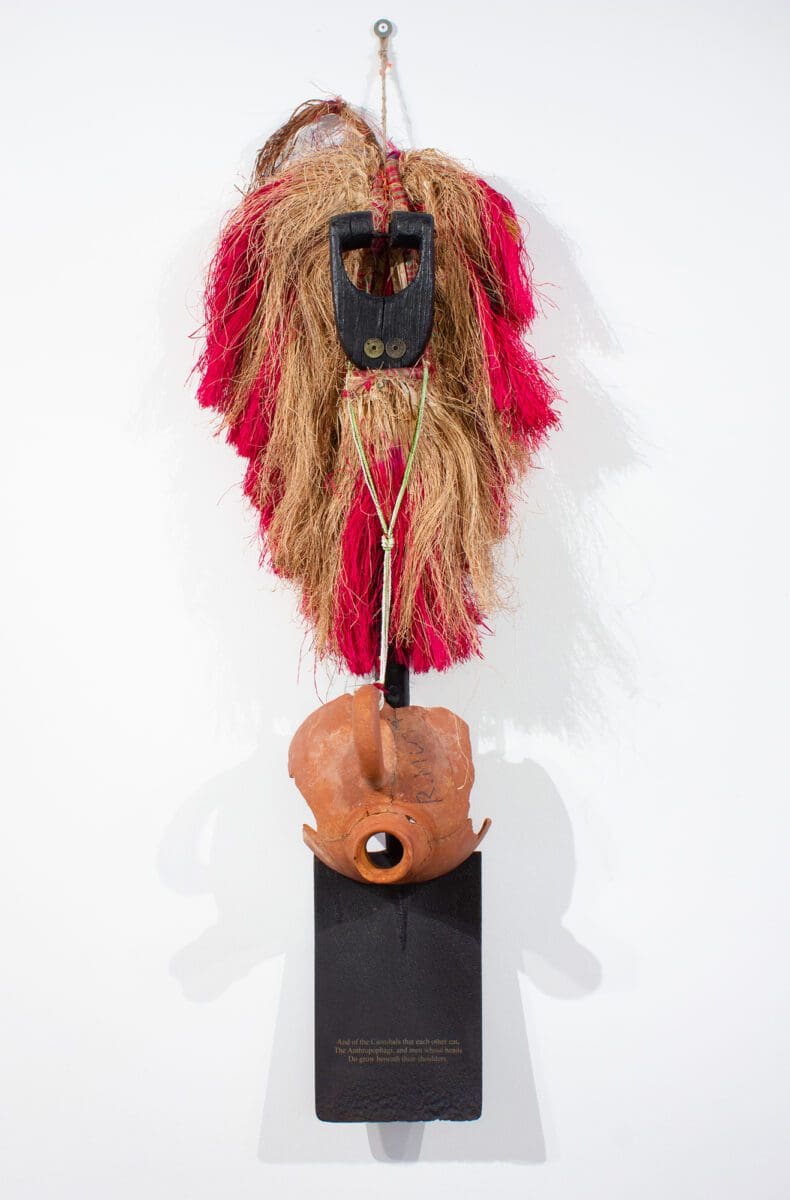
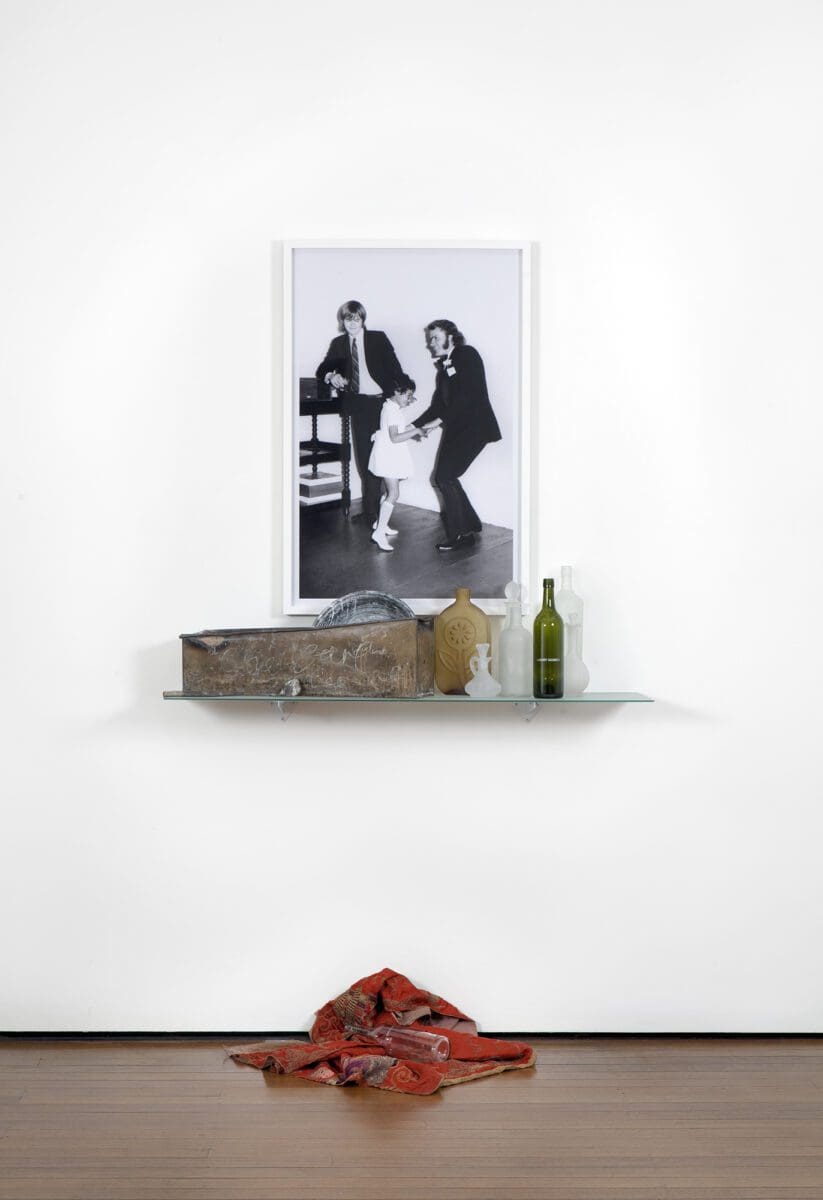
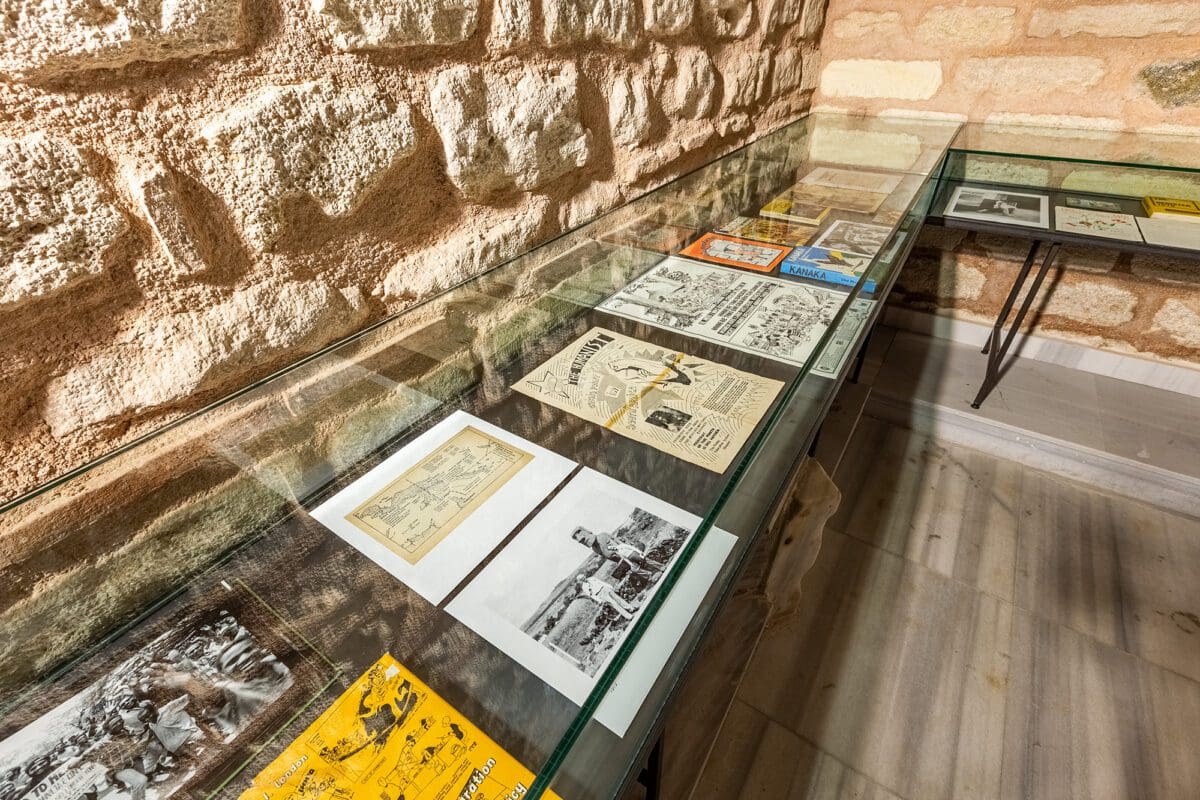
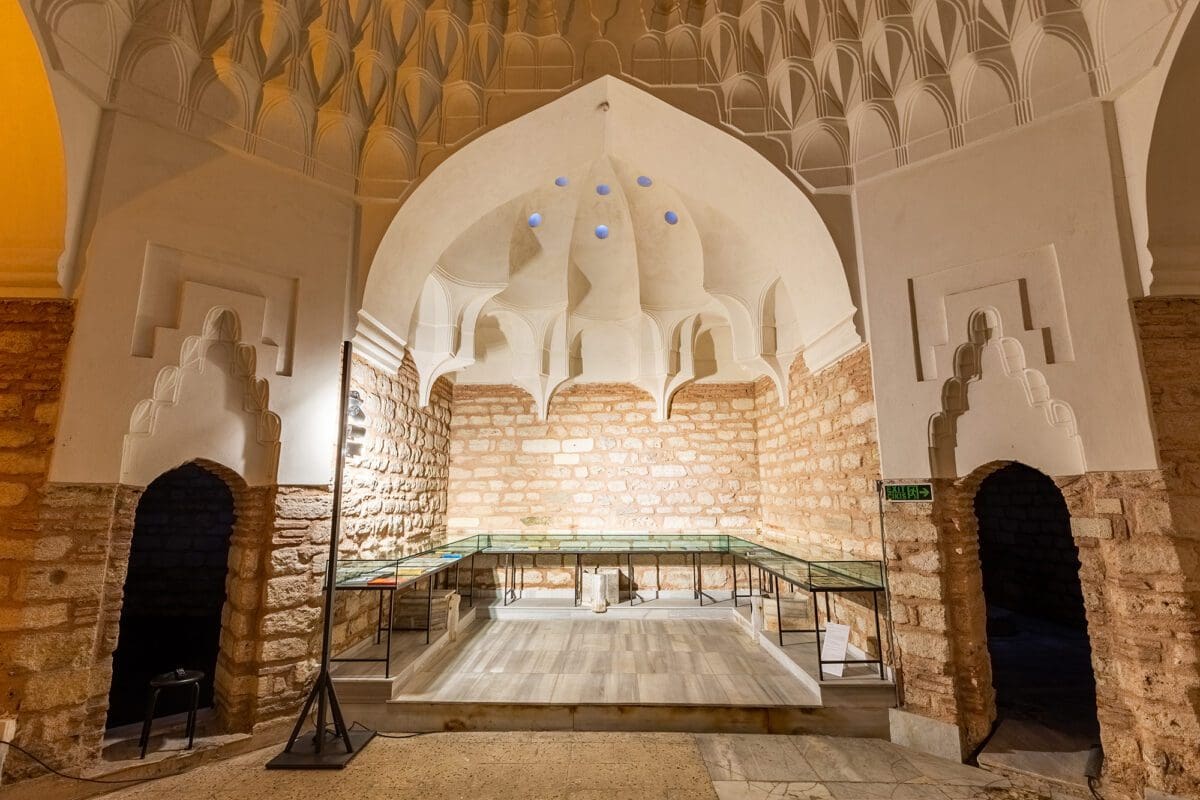

Newell Harry’s largest solo project to date, Esperanto, is named after the somewhat optimistic international language created in the 1880s. Likewise, Harry’s exhibition draws on multiple sources and ideas, including archival material contained in his Sul Mare installation at last year’s Istanbul Biennial. As Murray Art Museum Albury’s acting director and curator Michael Moran says, Harry’s overarching interest is in an interconnected web of ideas. In this instance, linkages across Australia and the Pacific are explored, with layered narratives and histories on politics, trade, museums, migration and family.
The Australian-born artist of South African and Mauritian descent is combining a re-imagining of Sul Mare with other pieces drawn from public and private collections, plus a new photographic commission. It’s conceived as a single artwork. “Within each part of the work are many components of text and images and objects in vitrines, creating networks of meaning and dialogue,” says Moran.
“There is a huge amount of content and stories, but Newell is not interested in grand narratives. In layering all these stories—whether they are neglected stories, cultural moments or personal narratives—they simmer together and destabilise the very idea of a grand narrative.”
Harry says the new commission comprises photographs he took at Callan Park in Sydney, the site of a decommissioned mental asylum. There, Harry discovered that two inmates—identical twin brothers who were visionary soothsayers—had made sacred rock carvings that had prophesied the rise of an obscure Pacific religion. That is just one story among many, and Harry has employed a distinctive architecture for the entire project in which, Moran says, the various objects and artworks are embedded, and sometimes concealed. “It will be a dense show.”
Esperanto
Newell Harry
Murray Art Museum Albury (MAMA)
28 July—26 November
This article was originally published in the July/August 2023 print edition of Art Guide Australia.
